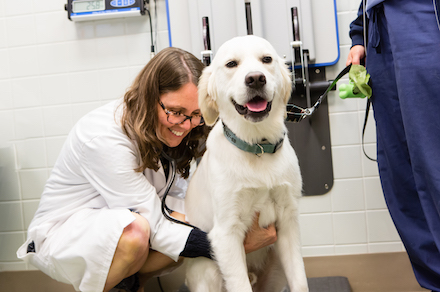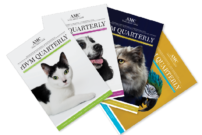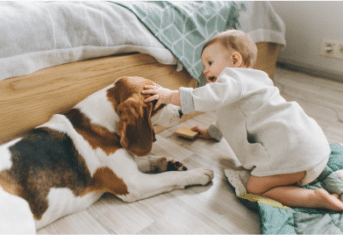Poisonous Houseplants
Poisonous Houseplants
 Houseplants provide a bit of green to a dull window sill or a bland entrance foyer. If you are a pet owner, you must choose your houseplants carefully or risk plant induced illness in your pet. Below is a list of houseplants pet owners should forego because of the potential for illness if their pet chooses to consume the decorative plant.
Houseplants provide a bit of green to a dull window sill or a bland entrance foyer. If you are a pet owner, you must choose your houseplants carefully or risk plant induced illness in your pet. Below is a list of houseplants pet owners should forego because of the potential for illness if their pet chooses to consume the decorative plant.
Lilies
Lily plants and cut lilies display flashy flowers and bring a sweet fragrance into your home. But, all types of lilies, including tiger, day, Asiatic, Easter and Japanese show lilies can be lethal in cats. Ingestion of any part of the plant causes gastrointestinal upset and may lead to irreversible kidney failure.
Common Green Houseplants
The plants listed in this section can often be found in your local grocery store. Easily recognizable, the sago palm consists of a bulky, oval stem resembling a large nut, sprouting a tuft of green palm frond from the top. Ingestion of this plant first causes stomach upset, followed a few days later by liver failure, seizures and possibly death.
Philodendron and dieffenbachia cause oral irritation, drooling, nausea, vomiting and difficulty swallowing if ingested. Philodendron forms a long vine with heart-shaped variegated leaves, and is very popular due to the ease of growing this plant indoors. Dieffenbachia, also known as Dumb Cane is a more typical green leafy plant. While not likely to be fatal, ingestion of dieffenbachia or philodendron is clearly unpleasant, and if you have a pet with a pre-existing illness like diabetes or inflammatory bowel disease, plant ingestion could worsen either condition.
Flowering Houseplants
Cyclamen or Persian violet blooms with intensely colored flowers. Any part of the plant, if eaten by your dog or cat, can cause drooling, vomiting and diarrhea. Consumption of large amounts of cyclamen flowers, leaves and tubers (roots) induces abnormal heart rate and rhythms. Serious cases of cyclamen ingestion can result in death. Peace lilies do not cause kidney failure like the lilies discussed above, but cause oral pain like philodendron and dieffenbachia. Flower bulbs of daffodil, narcissus, jonquil and paperwhites contain a substance different from that in philodendron and dieffenbachia, but if ingested causes the same signs of oral pain, vomiting and diarrhea.
Less Common Houseplants
Caladium and elephant ear happen to be two different species of plants but may both be referred to as elephant ear. These plants might be found outdoors unless you have a large indoor space like a screened terrace or sunroom. Both plants have outsized leaves; elephant ear is typically dark green. Elephant ear’s appearance contrasts with the multiple colors of the more vibrant caladium which comes in red, pink, or white combined with green. Ingestion of either caladium or elephant ear causes irritation of the mouth, tongue and lips, as well as drooling, nausea and vomiting.
Will reading this blog cause a decrease in your houseplant collection? Here are 10 pet-safe plants you can use as replacements.
- African violet
- Air plants
- Ferns (Maidenhair, Boston, and Bird’s Nest)
- Orchids
- Peperomia
- Prayer Plant
- Spider Plant
- Succulents (Echeveria, Jade, Kalanchoe)
- Zebra Plant































